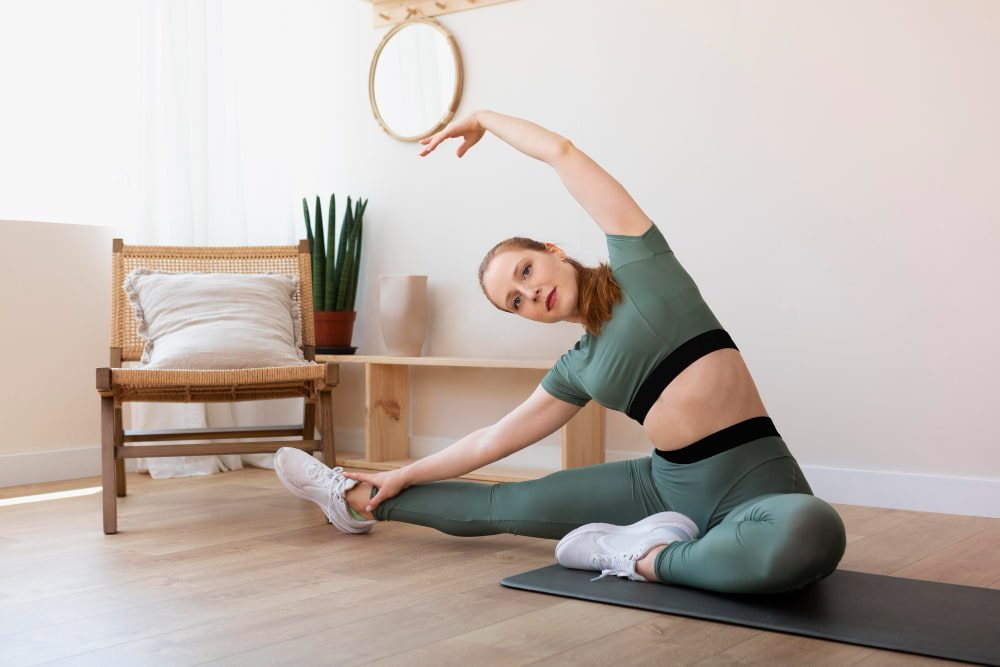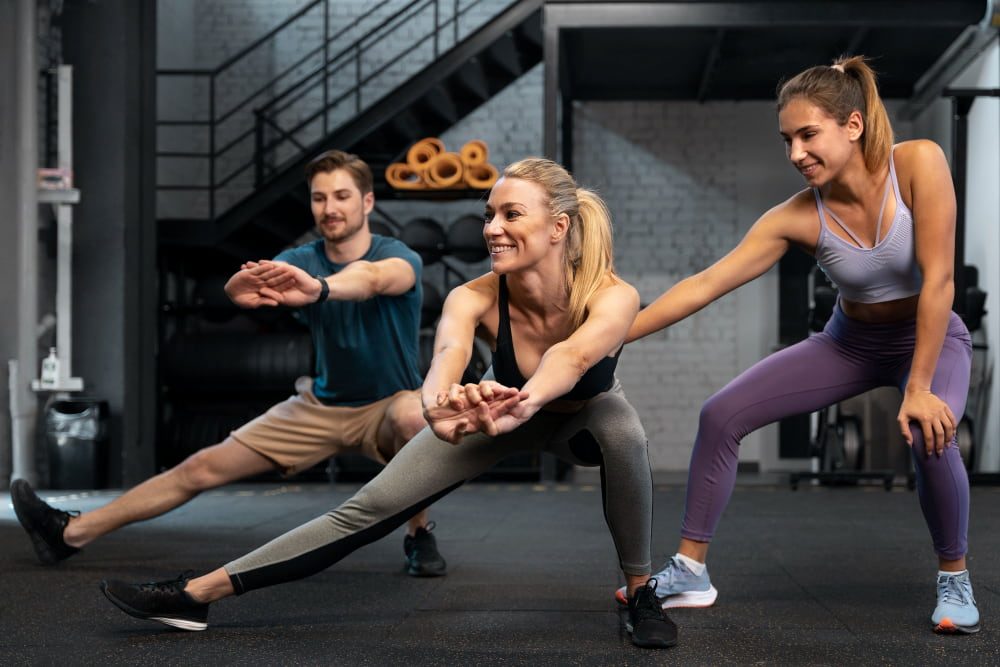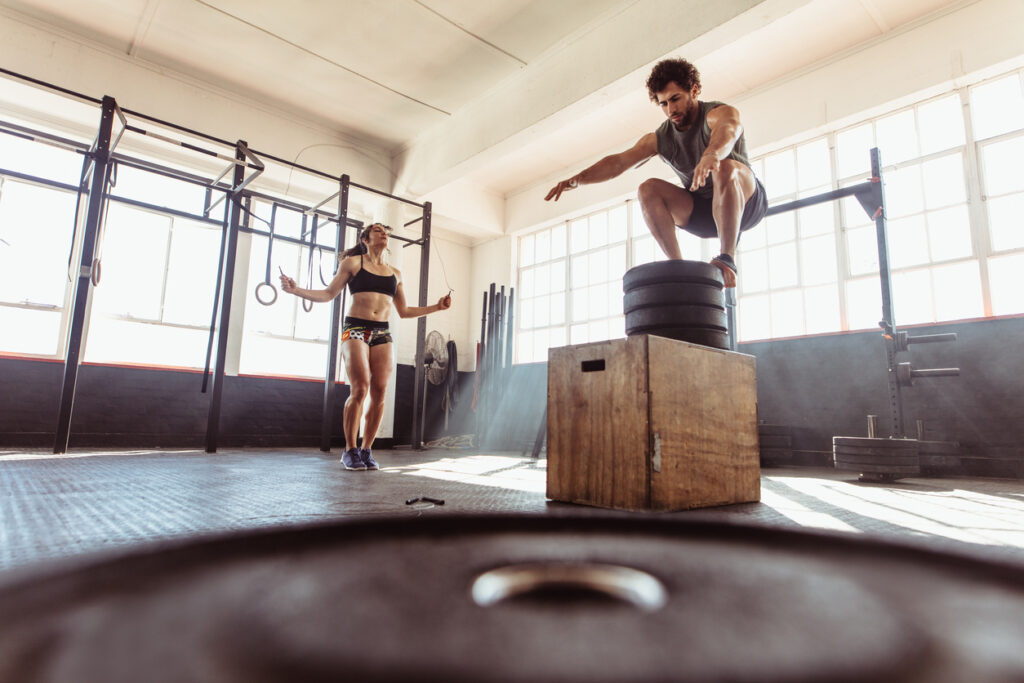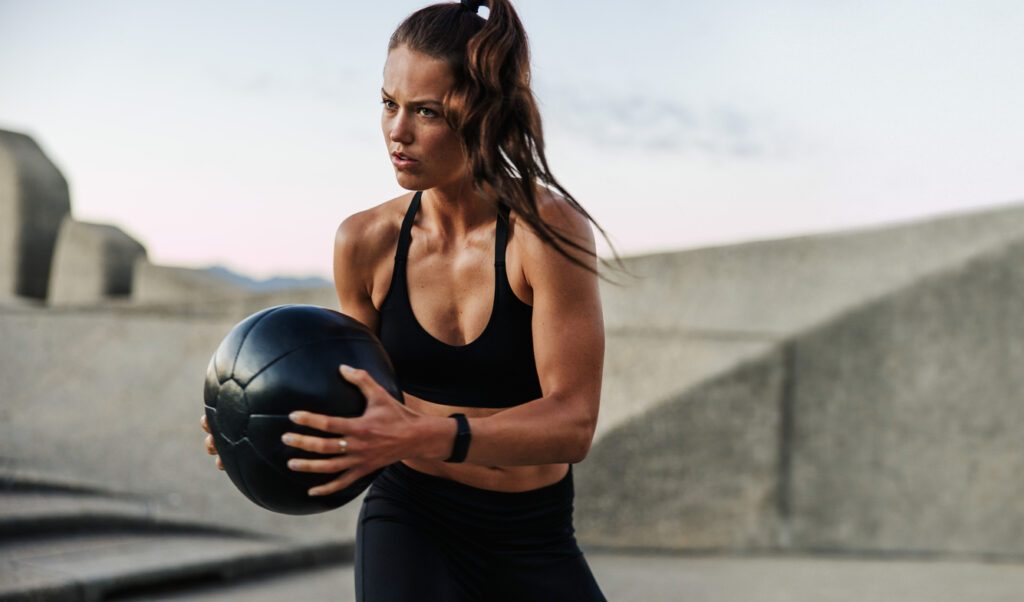
Summary
Welcome / Welcome / Tips for getting started / How to relax your muscles in HIIT
How to relax your muscles in HIIT
Are you looking to know how to relax your muscles after a HIIT session? You are in the right place. This article offers you a complete guide to optimize your recovery.
Introduction
HIIT is intense and puts a lot of strain on your muscles. Without proper relaxation, you risk pain and injury. Discover stretching techniques, massage, and nutritional advice for optimal recovery.
After an intense HIIT (High-Intensity Interval Training) session, muscle relaxation is a crucial stage that many people neglect. Imagine your muscles as taut bowstrings after such activity. If they aren't relaxed properly, pain and injury can occur quickly. Relaxing your muscles after HIIT not only reduces tension, it also prevents soreness and improves recovery.
The aim of this article is to provide you with a complete guide to effectively relaxing your muscles after a HIIT session. You'll discover simple, effective techniques for releasing muscular tension and promoting optimal recovery. Whether you're a seasoned athlete or an enthusiastic beginner, these tips will help you get the most out of your HIIT sessions while preserving your body.
What is HIIT?
HIIT, or High-Intensity Interval Training, is a training method that alternates periods of intense effort with periods of active recovery or complete rest. This approach maximises the benefits in the shortest possible time. Unlike other forms of exercise, HIIT does not require long hours in the gym. In 20 to 30 minutes, a HIIT session can give you a complete and effective workout.
Benefits of HIIT
HIIT is particularly appreciated for its many benefits. Here are a few :
- Improved physical condition HIIT: By rapidly stimulating the heart and muscles, HIIT improves cardiovascular capacity and endurance.
- Effective weight loss HIIT stimulates the metabolism and promotes fat burning, even after exercise, thanks to the "afterburn" effect.
- Time saving : With short but intense sessions, HIIT is ideal for those with a busy schedule.
Examples of common HIIT exercises
To give you a more concrete idea, here are a few examples of typical HIIT exercises:
- Sprints : Run at full speed for 30 seconds, followed by 1 minute of walking or light jogging.
- Burpees : Perform sets of intense burpees for 20 seconds, followed by 10 seconds of rest.
- Jump Squats : Perform jump squats for 30 seconds, then rest for 30 seconds.
Why Muscle Relaxation is Crucial after HIIT
Muscle relaxation after a HIIT session is an essential step to keep your body in good health and avoid contractures. After an intense workout, your muscles are like compressed springs, ready to relax. Ignoring this recovery phase can lead to pain and injury, which could compromise your progress and well-being.
Benefits of Muscle Relaxation
Relaxing your muscles after HIIT offers many benefits:
- Reduction of muscle pain Stretching and other relaxation techniques help to dissipate lactic acid accumulated in the muscles, reducing post-training aches and pains.
- Injury prevention : Proper recovery allows muscles and joints to relax and recover, reducing the risk of strain and injury.
- Improved blood circulation : Techniques like foam rolling increase blood flow to the muscles, thereby speeding up the recovery process.
Impact of HIIT on Muscles
HIIT intensely uses the muscles in a very short time, causing micro-tears in the muscle fibers. These micro-tears are necessary for muscle growth, but they also require adequate recovery to repair properly. Without proper muscle relaxation, these micro-tears can worsen, leading to persistent pain and long-term injury.
The importance of recovery after HIIT cannot be underestimated. Not only does it improve your comfort and well-being, it also optimises your future performance. Taking the time to relax your muscles will allow you to come back stronger and more efficient with each session.
Muscle Relaxation Techniques after a HIIT Session
After a HIIT session, your muscles need special care to recover and regenerate. Here are some effective techniques to relax your muscles and promote optimal recovery.
Static Stretches : These stretches involve holding a stretching position for 20 to 30 seconds. They help to lengthen and relax tight muscles. For example :
- Hamstring stretch : Sit with your legs straight and reach for your toes.
- Quadriceps stretch Stand on one leg, bend the other backwards and catch your foot.
- Calf stretch : Place your hands against a wall, one leg forward and the other extended backwards, heel on the floor.
Dynamic stretches : These movements involve a slight swing or movement to improve flexibility and mobility. For example :
- Leg swings : Standing, swing one leg back and forth.
- Arm rotations : Make circles with your arms to relax your shoulders and upper back.
Using Massage Rollers
Benefits : Foam rolling helps improve blood circulation and reduce muscle tension. It acts like a self-massage, targeting areas of tension and facilitating recovery.
How to do : Gently roll over tight muscles for 1 to 2 minutes. Focus on the following areas:
- Quadriceps : Lie face down on the ground, roll under the thighs, and make back and forth movements.
- Calves : Sit down, place the roller under the calves, and use your hands to move around.
- Back : Lie on the roller with your knees bent, and gently roll along your spine.
Breathing and Relaxation Techniques
Deep breathing : This method helps reduce stress and promote muscle relaxation. Try the 4-7-8 breathing technique:
- Inhale through your nose for 4 seconds.
- Hold your breath for 7 seconds.
- Exhale slowly through your mouth for 8 seconds.
Progressive muscle relaxation This technique involves gradually tensing and then releasing the muscle groups. Start at the feet and work your way up to the head, tensing each muscle group for a few seconds before releasing.
Hot Bath and Heat Therapies
Hot bath : Immersing yourself in a hot bath helps relax muscles and improve blood circulation. Add Epsom salts for an even more relaxing effect.
Heating patches : Apply heat patches to tight muscles to relieve pain and stiffness. Penetrating heat helps deeply relax muscles.
Nutrition and Hydration for Muscle Recovery
Good muscle recovery isn't just about stretching and massage. Nutrition and hydration play an essential role in helping your body recover from HIIT sessions. Here's how to optimise your diet and water intake for effective recovery.
Hydration
Hydration is crucial before, during and after exercise. Good hydration helps to maintain bodily functions and to avoid muscle cramps.
- Before the exercise Drink around 500 ml of water one to two hours before your HIIT session to prepare your body properly.
- During the exercise Take small sips of water every 15 to 20 minutes to compensate for the loss of fluids through perspiration.
- After the exercise Drink at least 500 ml of water immediately after your session to rehydrate your body. Electrolyte drinks can also be beneficial in replenishing lost mineral salts.
Post-HIIT Nutrition
A balanced diet after a HIIT session is essential to repair muscles and replenish energy reserves. Here are a few tips for optimising your post-training nutrition:
- Proteins : Proteins are the building blocks of your muscles. Consume a source of protein within 30 minutes of your session to promote muscle repair. Examples: a protein smoothie, Greek yogurt, or a protein bar.
- Carbohydrates Carbohydrates: Carbohydrates are essential for replenishing your muscles' glycogen reserves. Combine them with proteins for optimum recovery. Examples: a banana with almond butter, oatmeal with fruit, or brown rice with vegetables.
- Lipids Incorporate healthy fats to help absorb vitamins and support bodily functions. Examples: avocado, nuts or olive oil.
Examples of post-HIIT meals
Here are some ideas for balanced meals to help with recovery after a HIIT session:
- Protein Smoothie Mix some almond milk, a banana, some spinach, a spoonful of protein powder and a few chia seeds.
- Quinoa bowl : Quinoa, grilled vegetables, grilled chicken and a Greek yogurt-based sauce.
- Avocado toast : Wholemeal bread, crushed avocado, poached egg and a pinch of sesame seeds.
Conclusion
Relaxing your muscles after a HIIT session is essential to avoid soreness and promote recovery. Stretching, massage, breathing and heat therapy techniques are all very effective. Good hydration and adequate nutrition complete this routine.
HIIT works the muscles intensely, making recovery crucial. The relaxation methods described help reduce tension and improve blood circulation. Following these tips helps you stay fit and prevent injuries.
Regain strength with DRIP
Do you want to boost your training? Come to DRIP! Our varied equipment will put you at ease and help you surpass yourself.
At DRIP, it's simple: 7 different exercises, 3 rounds, 1 minute per exercise. Continue without a break to burn as many calories as possible! Our coaches, catchy playlists and immersive lights will motivate you like never before.
Whatever your level, you are welcome at DRIP!
Ready to sweat? Join us in our Parisian studios in Monceau or Grands Boulevards. You will love to hate us! ❤️🔥
Share
Tagged
Read also
follow us
on instagram
To follow all our news,
take advantage of our tutorials and participate
in our many competitions.
BREAKING NEWS!
Receive our newsletter.





